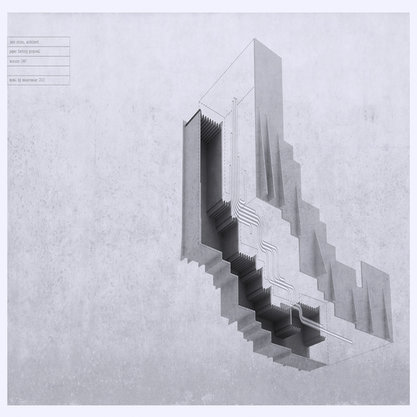Article
Mansour, Sliman (b.1947, Palestine) By Rogers, Sarah Ann
Article
Born in 1947 in Birzeit, Palestine (north of Ramallah), Sliman Mansour studied fine arts at the Bezalel Art Academy in Jerusalem. Since the 1970s, his works on paper have contributed to the development of a visual iconography of the Palestinian struggle: the orange tree (symbol of the 1948 Nakba), the olive tree (symbol of the 1967 war), traditional Palestinian embroidery, village life, and the Palestinian woman as the maternal figure of Palestine. In 1987, together with artists Vera Tamari, Tayseer Barakat, and Nabil Anani, Mansour founded New Visions, a collective formed in response to the first intifada (1987–1993). Boycotting art supplies imported from Israel, the artists instead worked with natural materials (coffee, henna, and clay), thereby tying the process of art making to the land and its struggle. In doing so, art no longer merely represented the political. Instead, artistic production itself became a political act. Mansour is known for using mud as a medium. By layering and moulding mud into figural compositions on wooden frameworks, Mansour deploys the literal land to artistically depict Palestine, its history, and its people.


